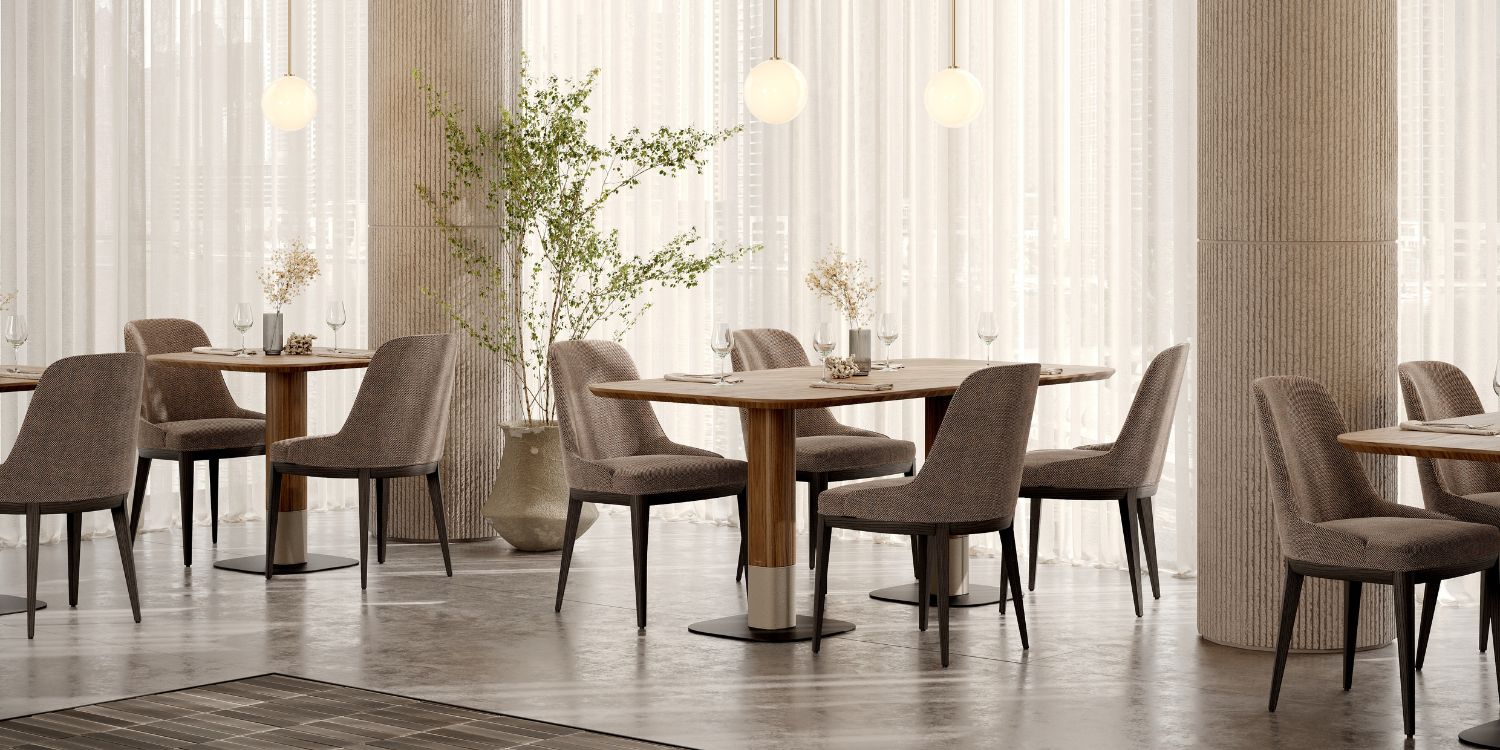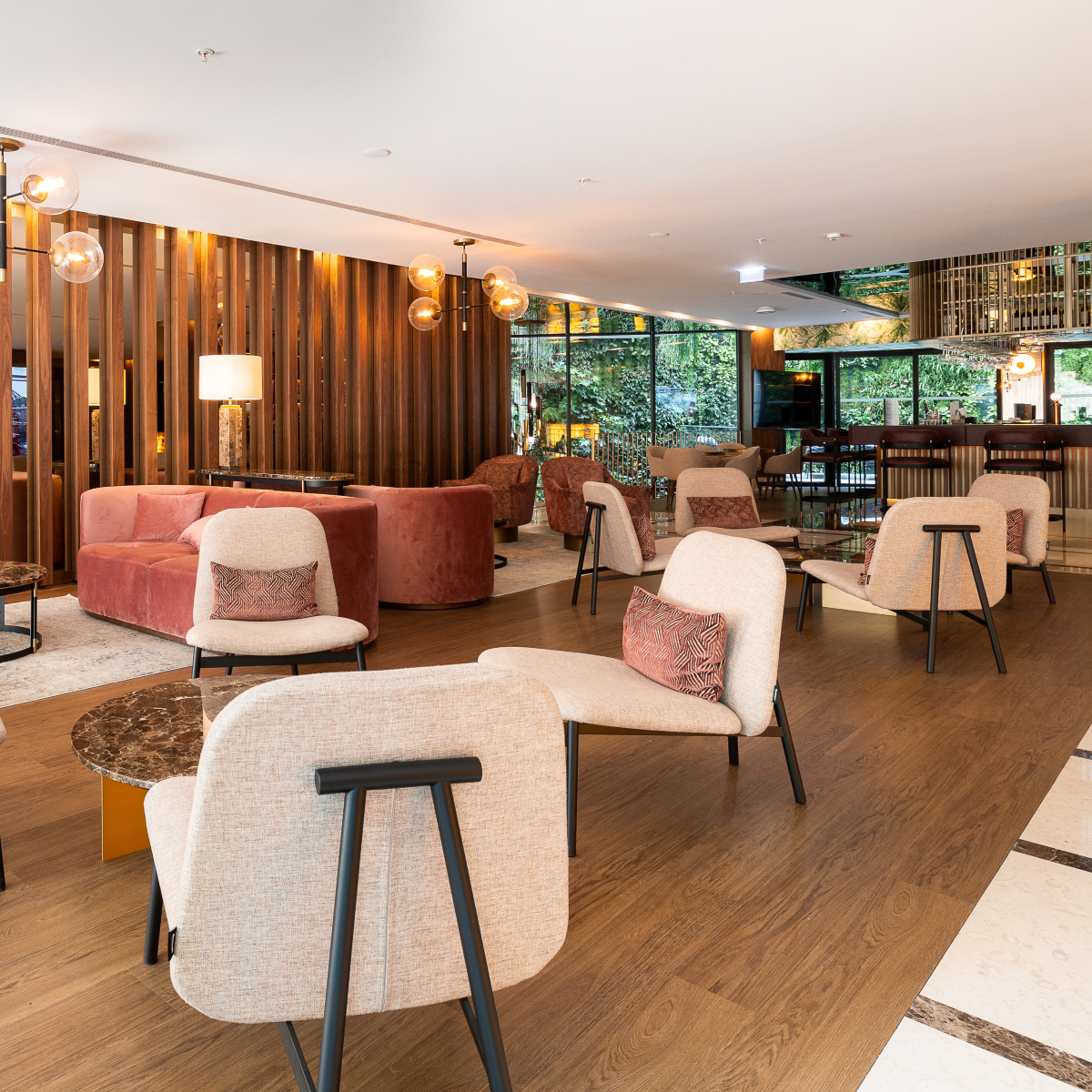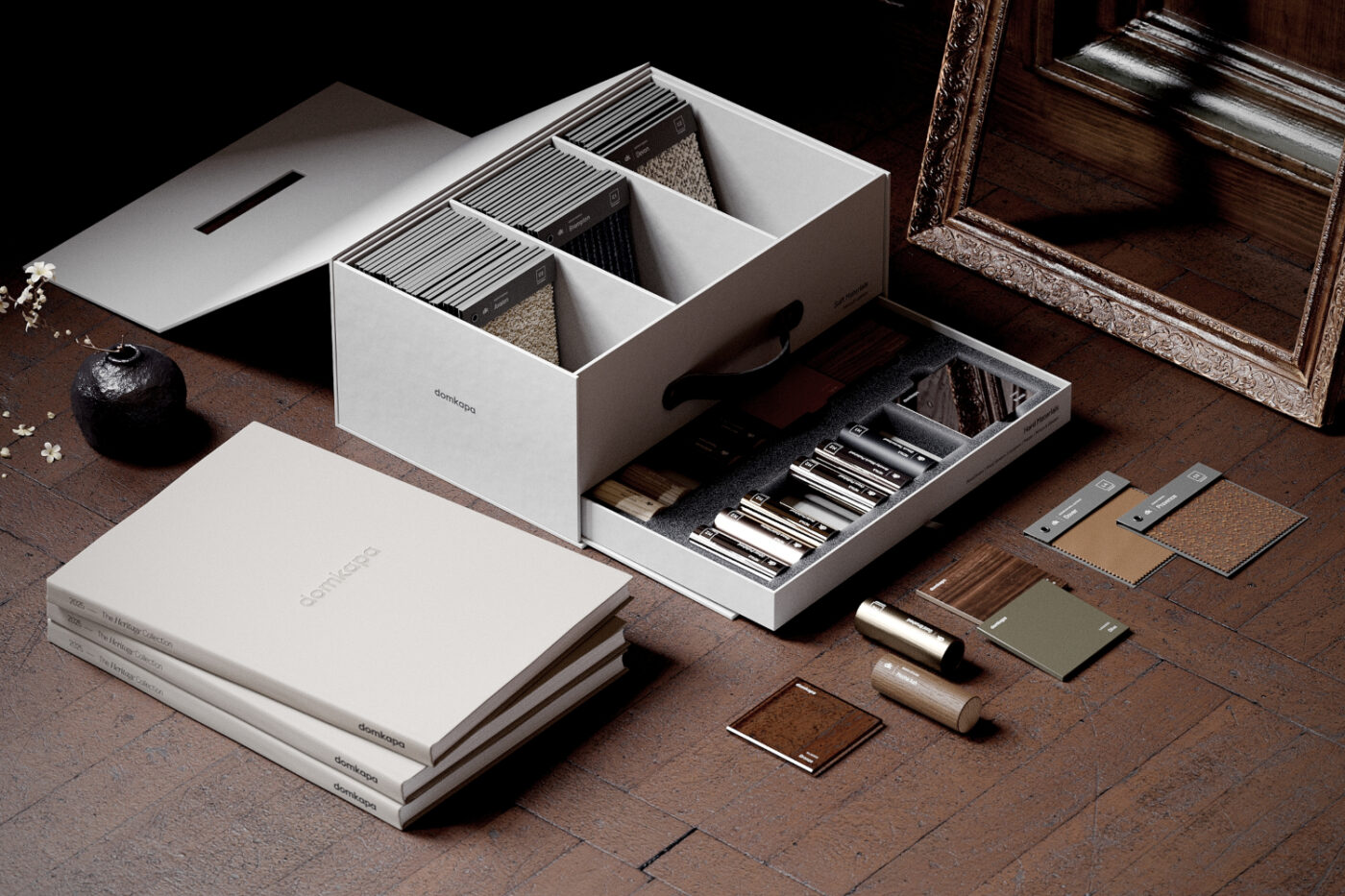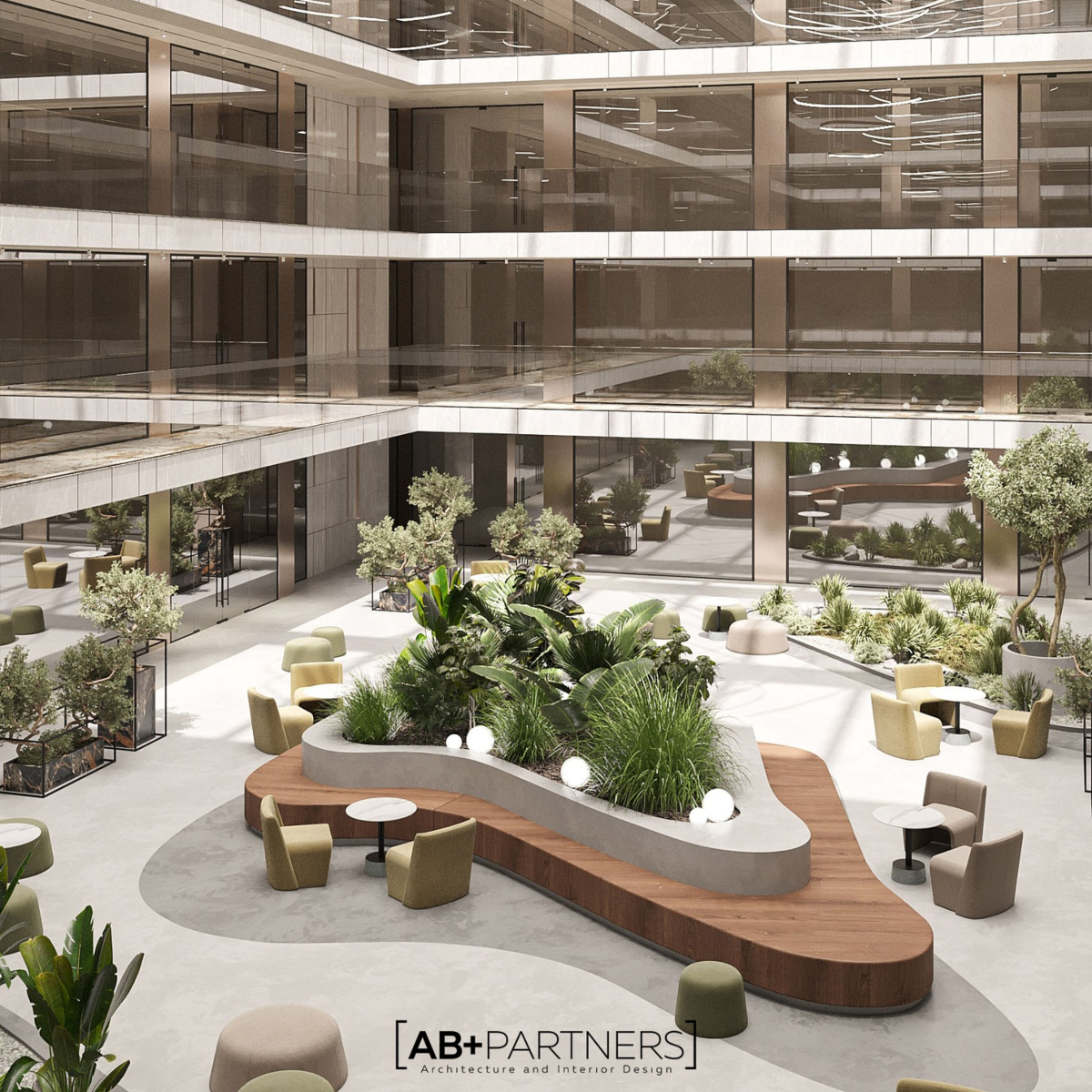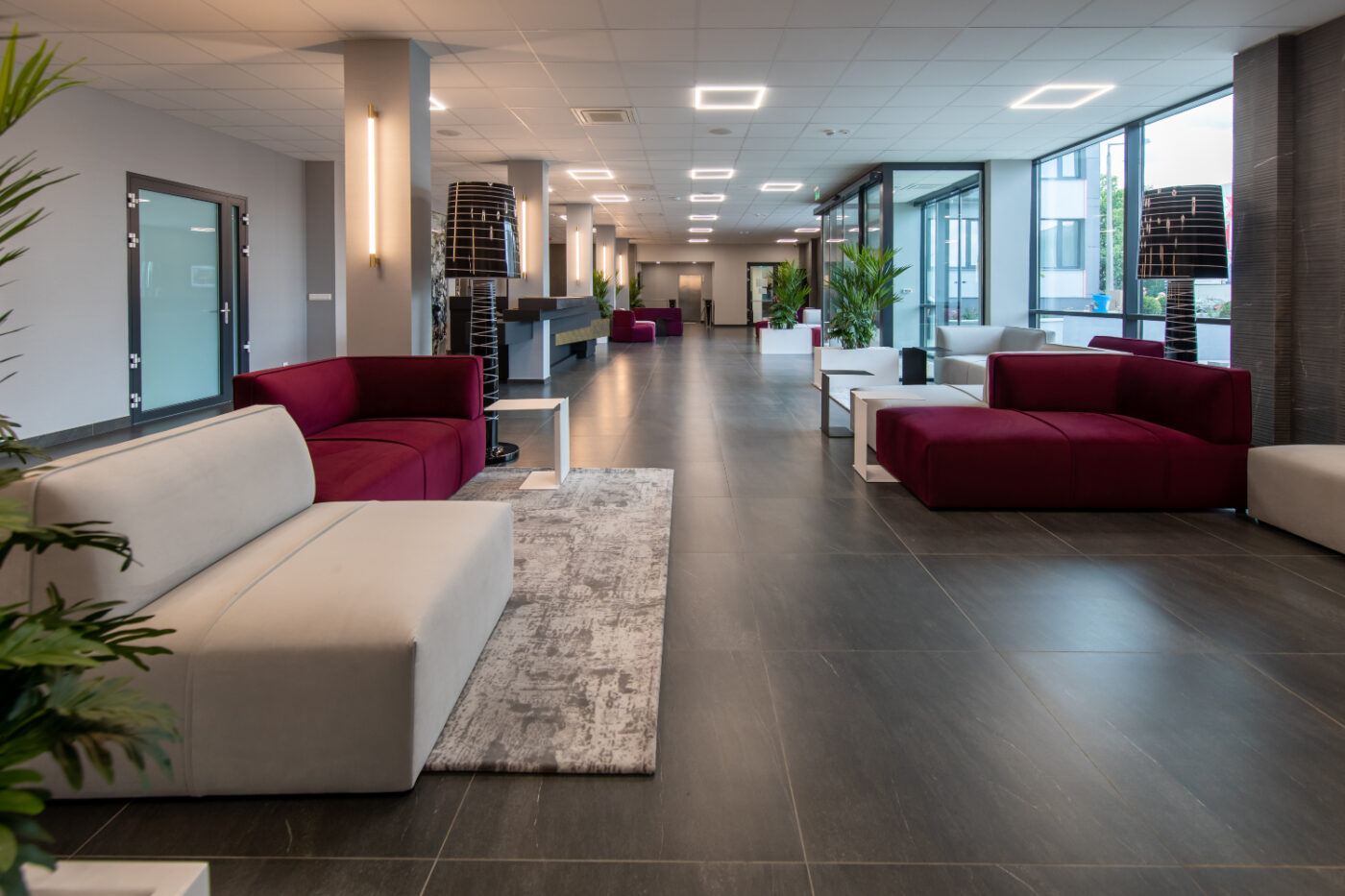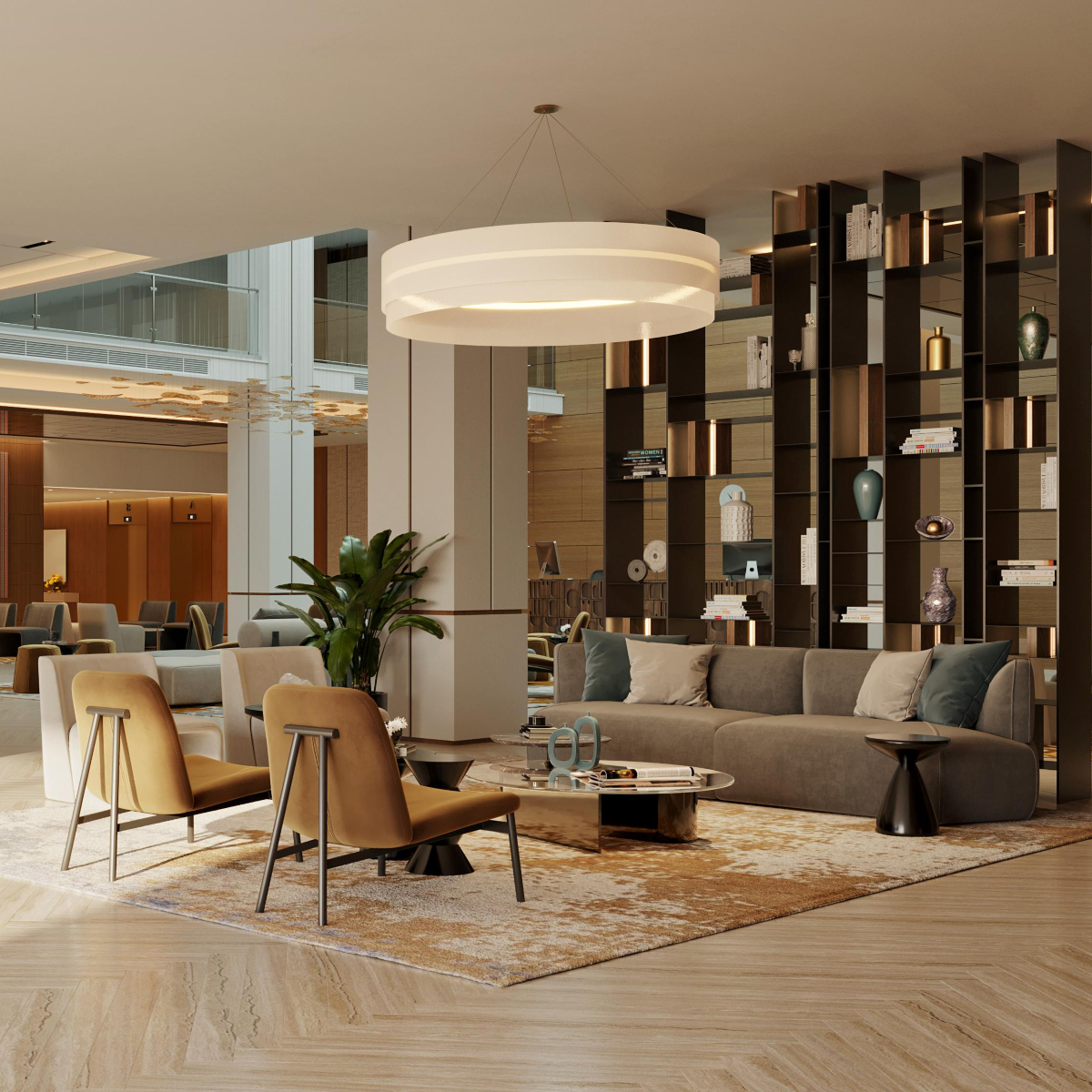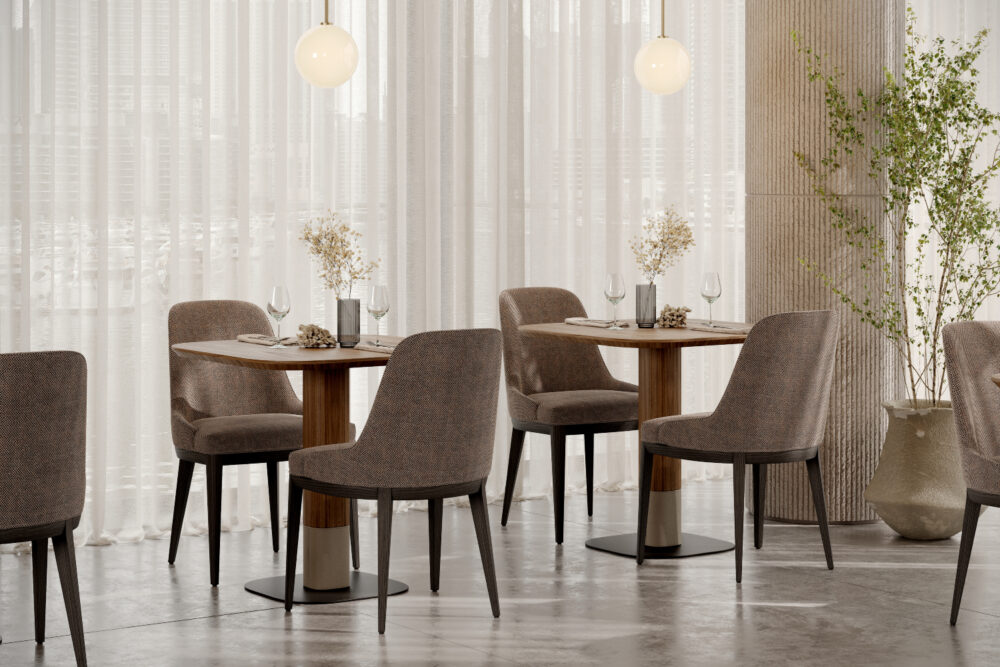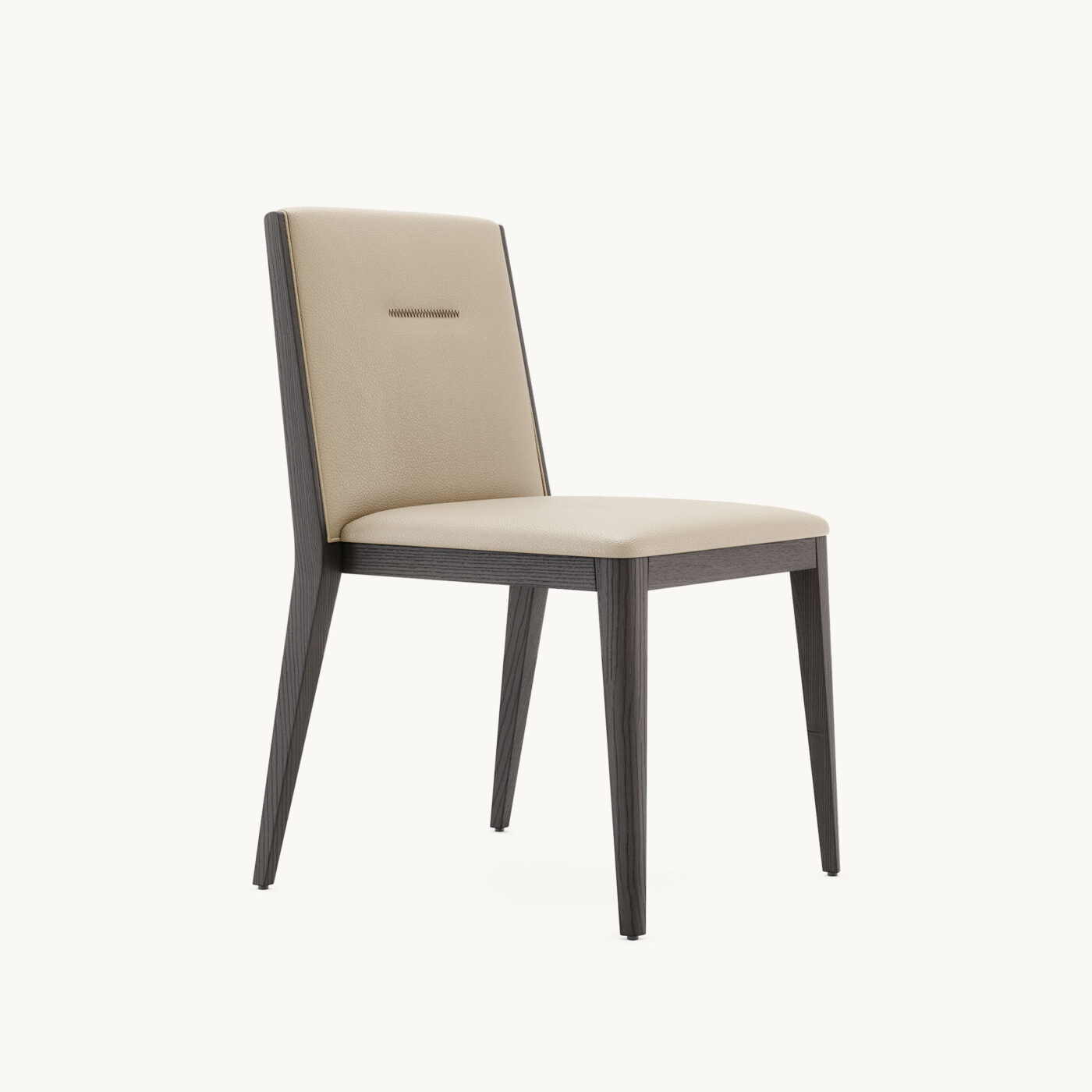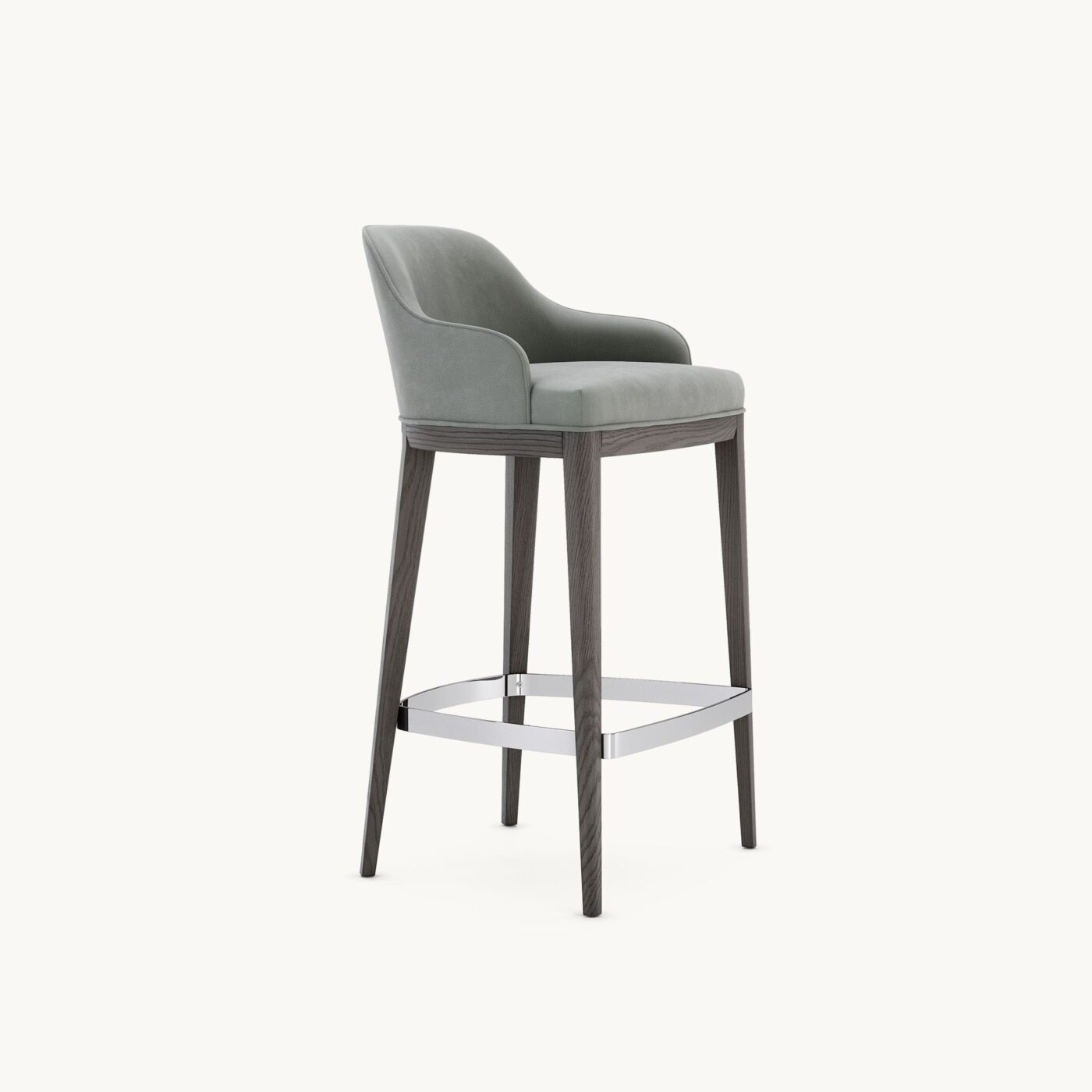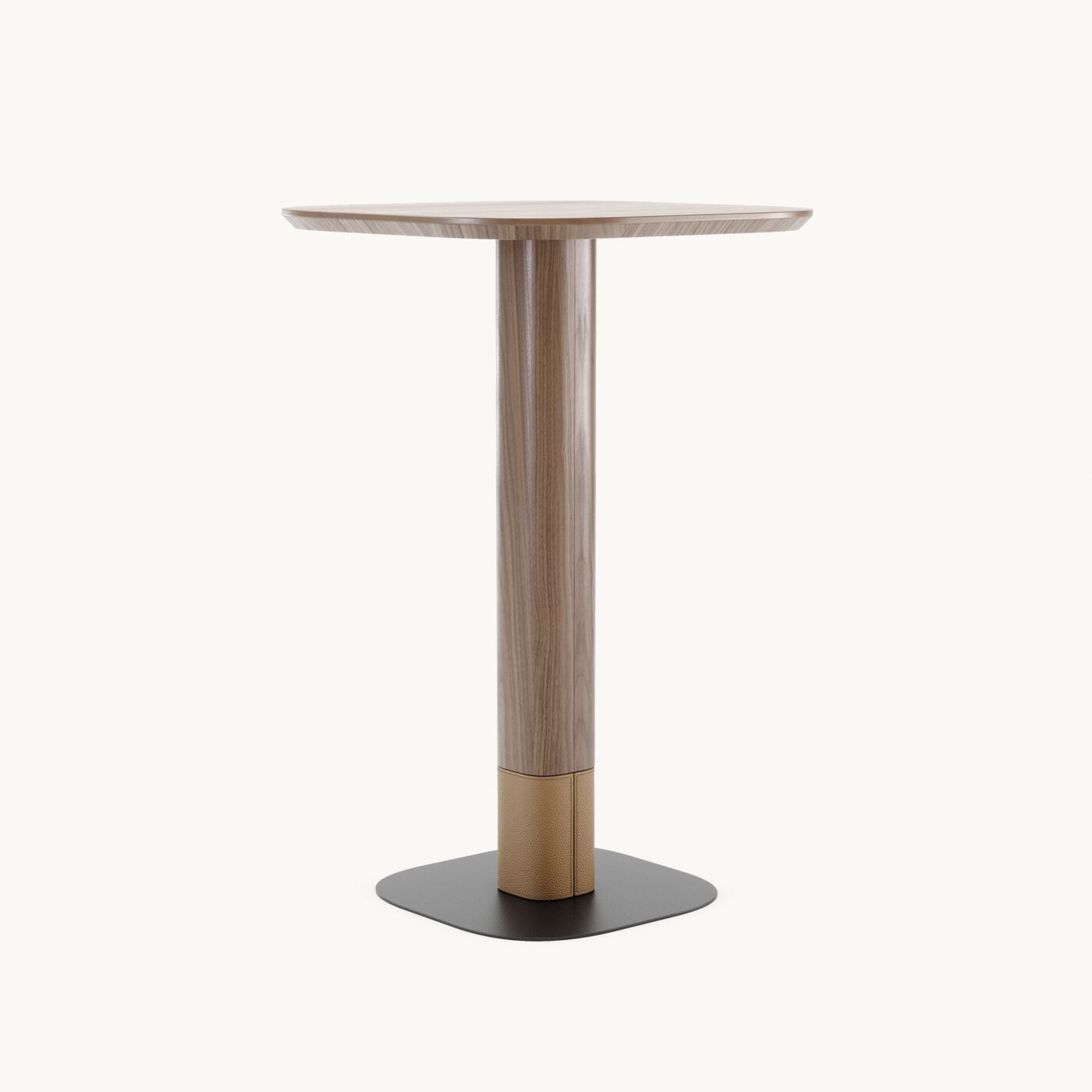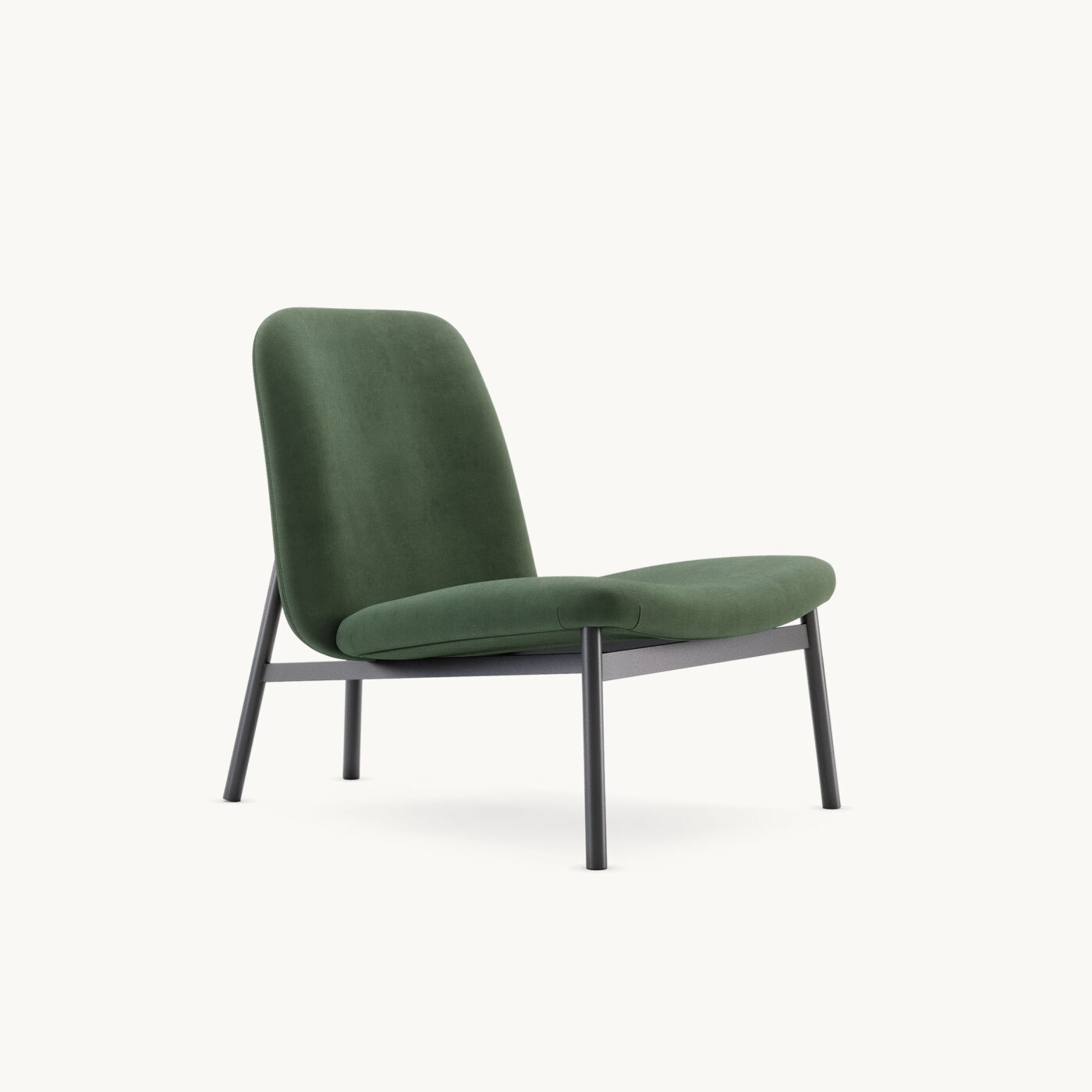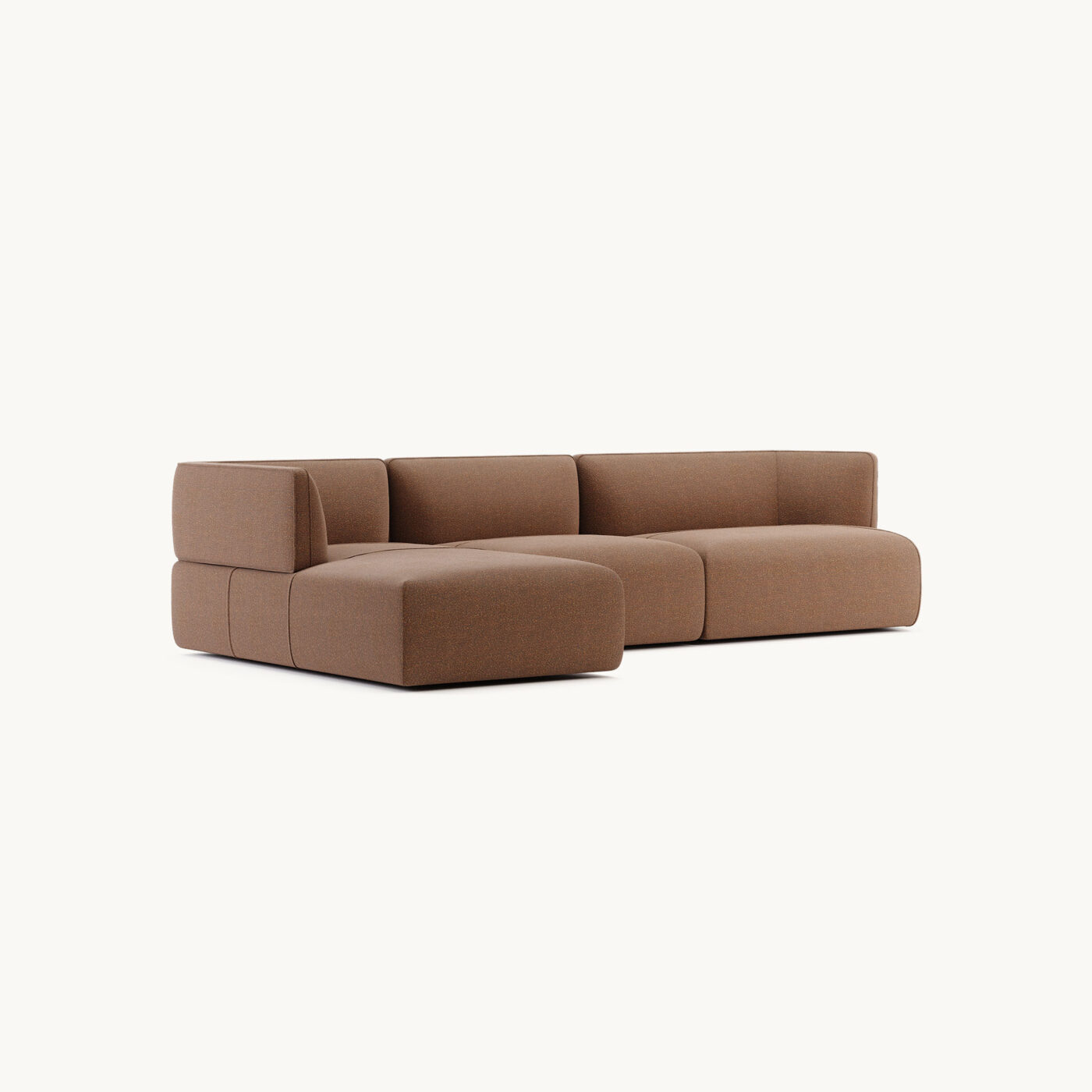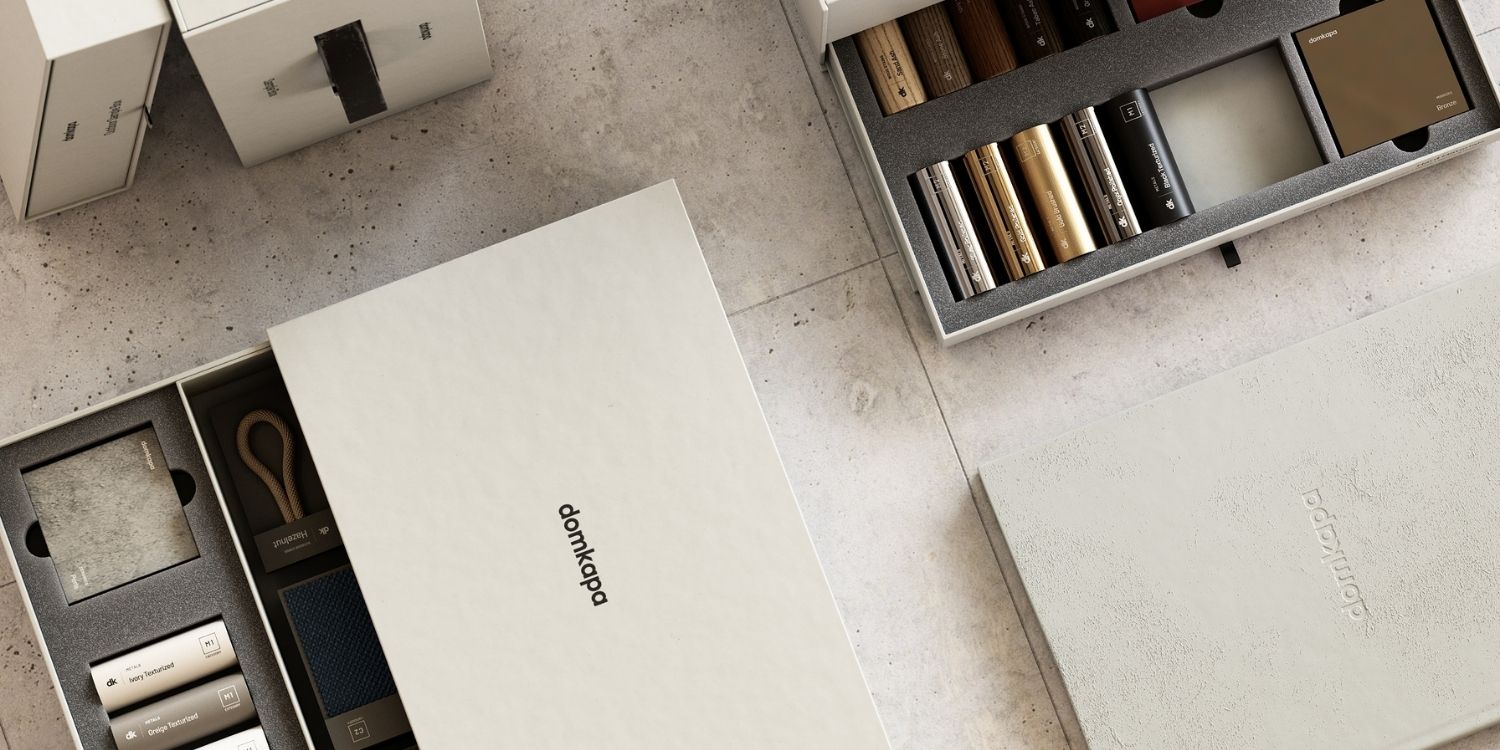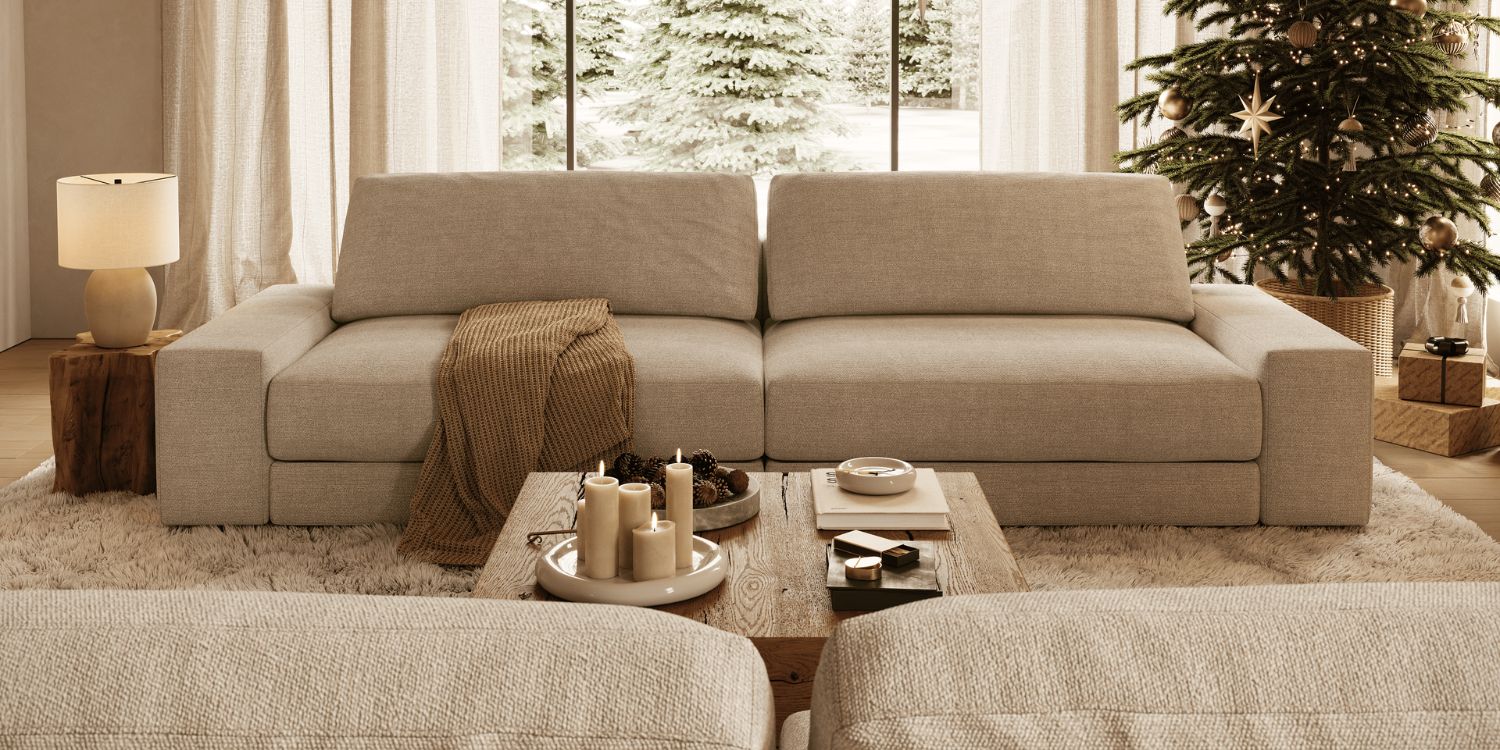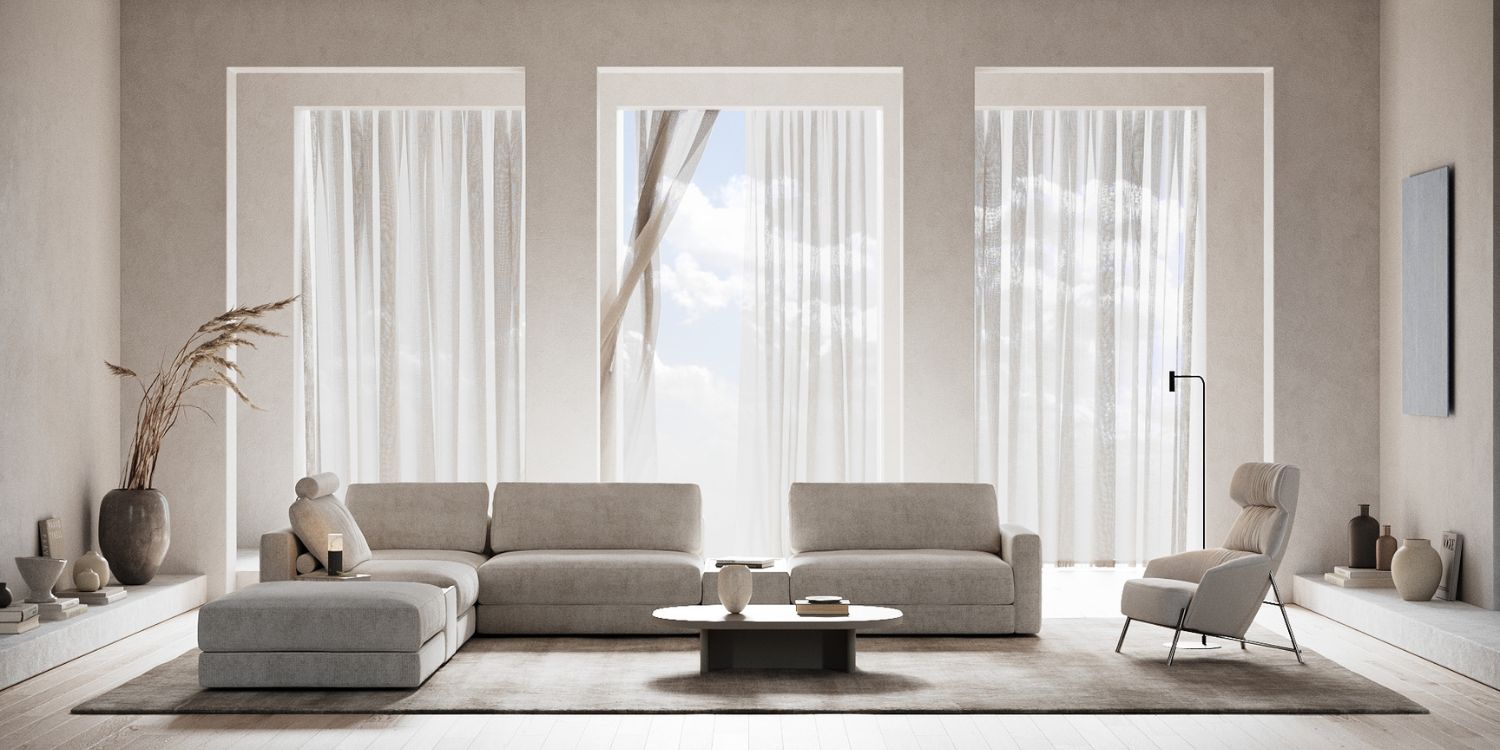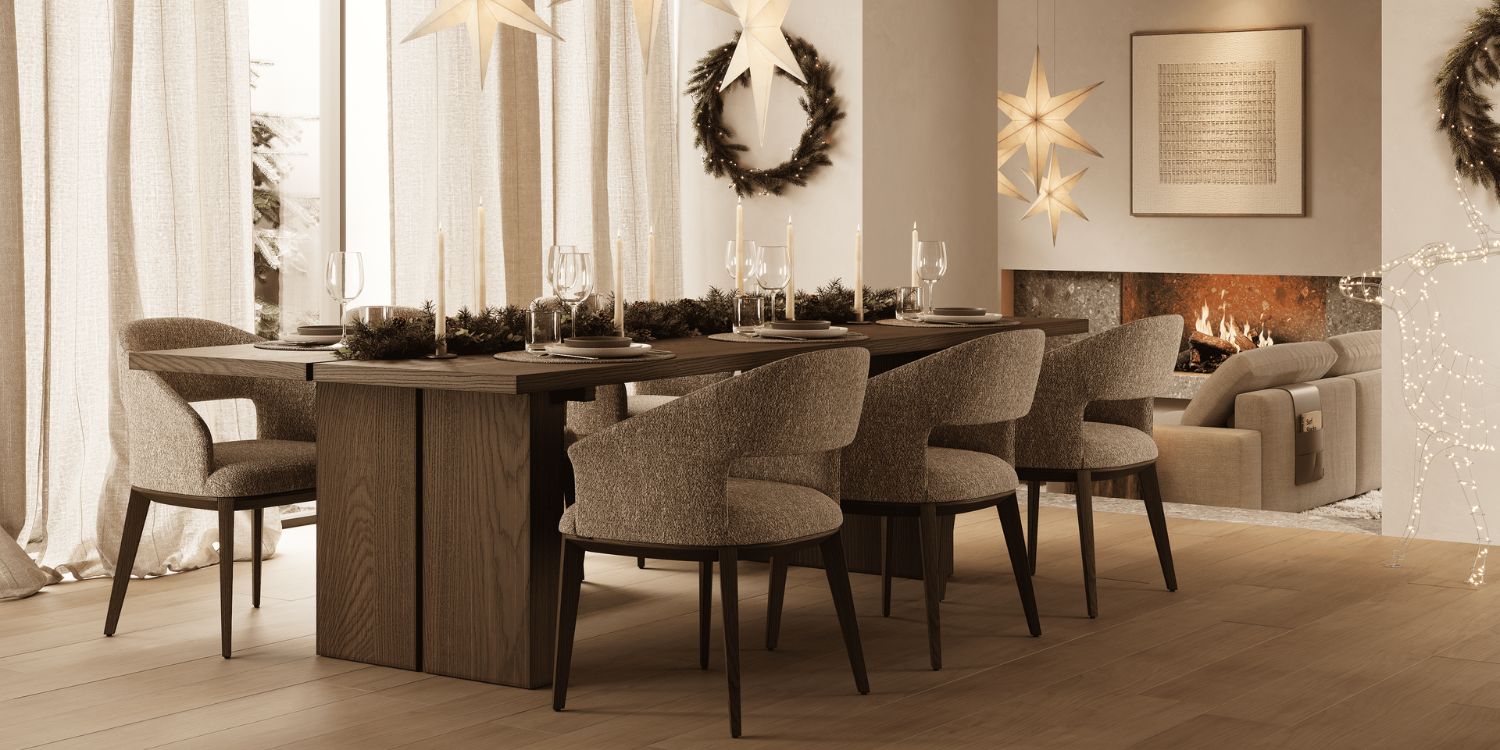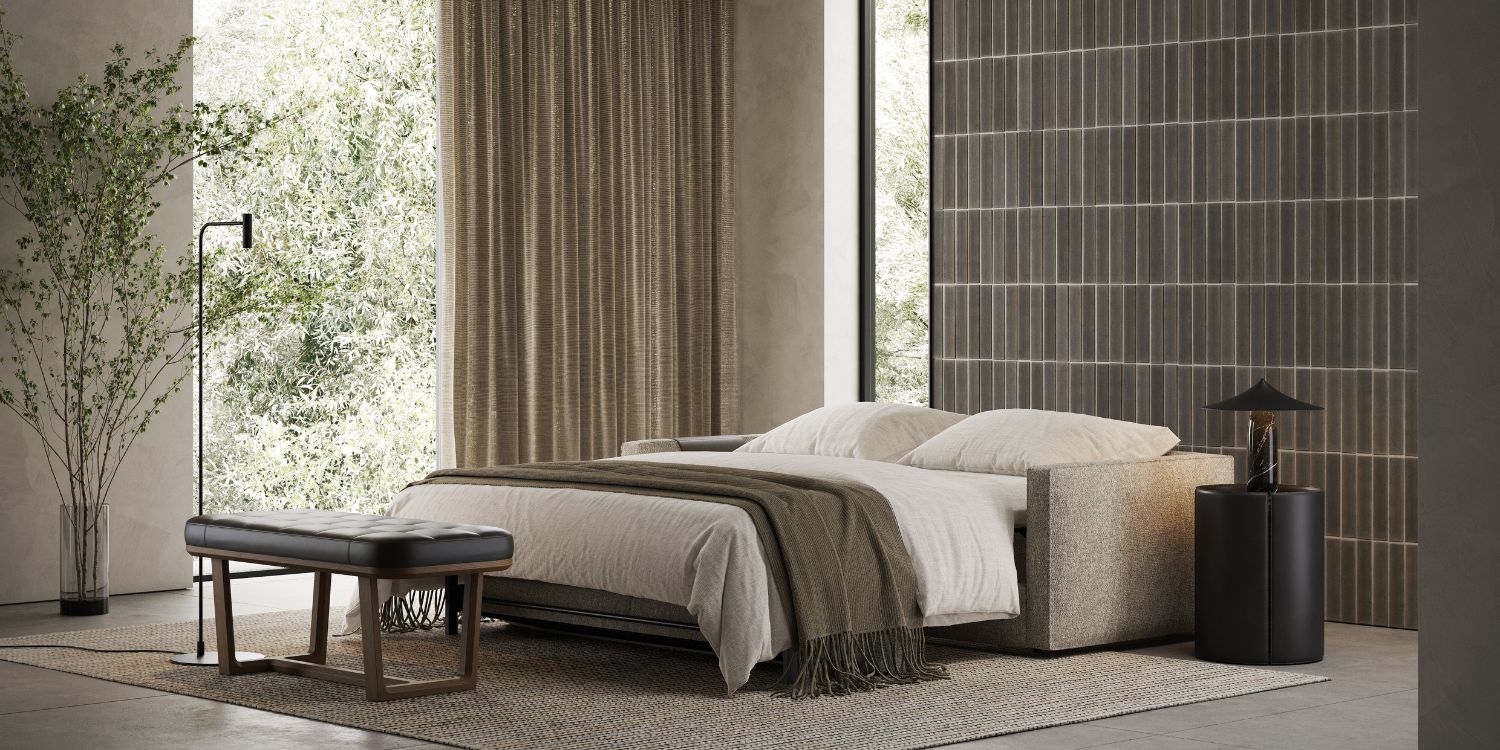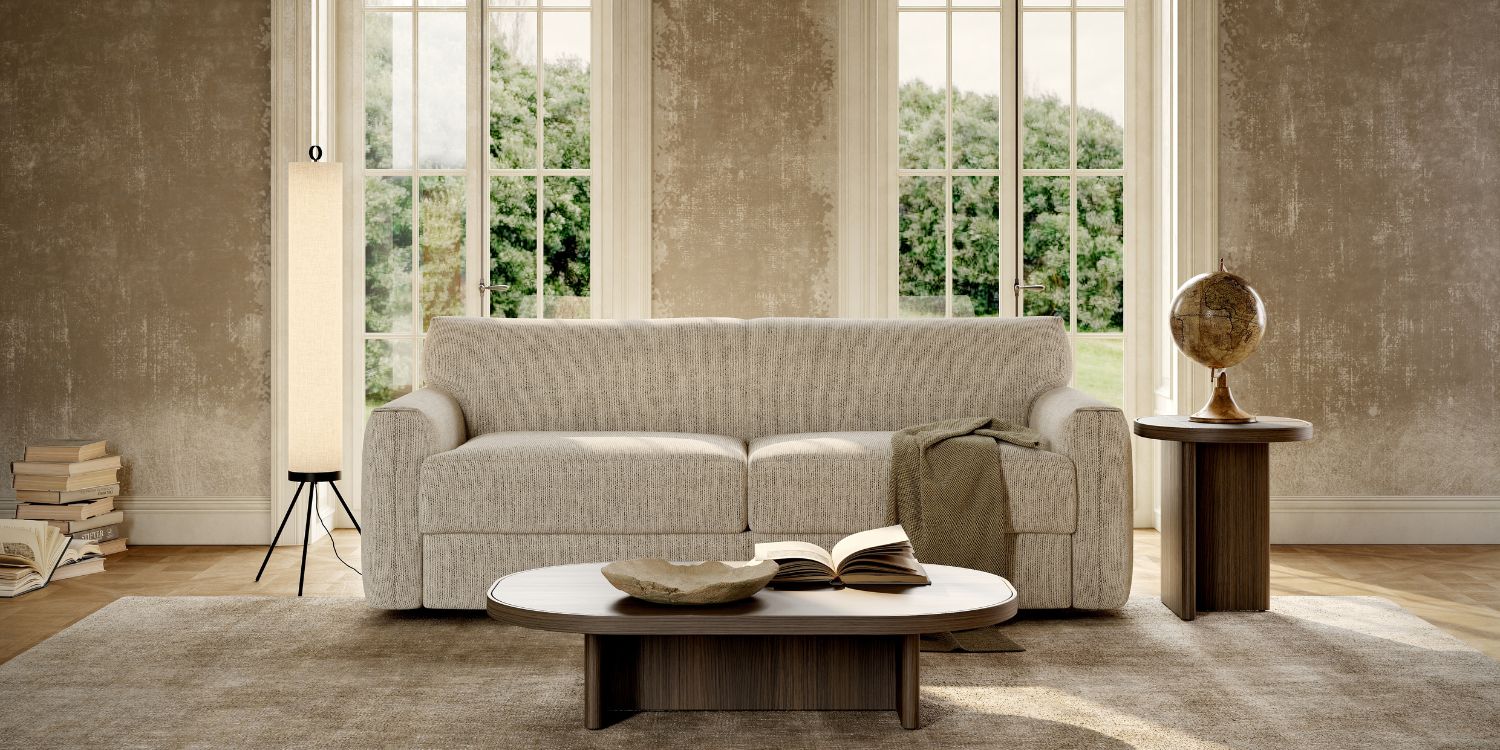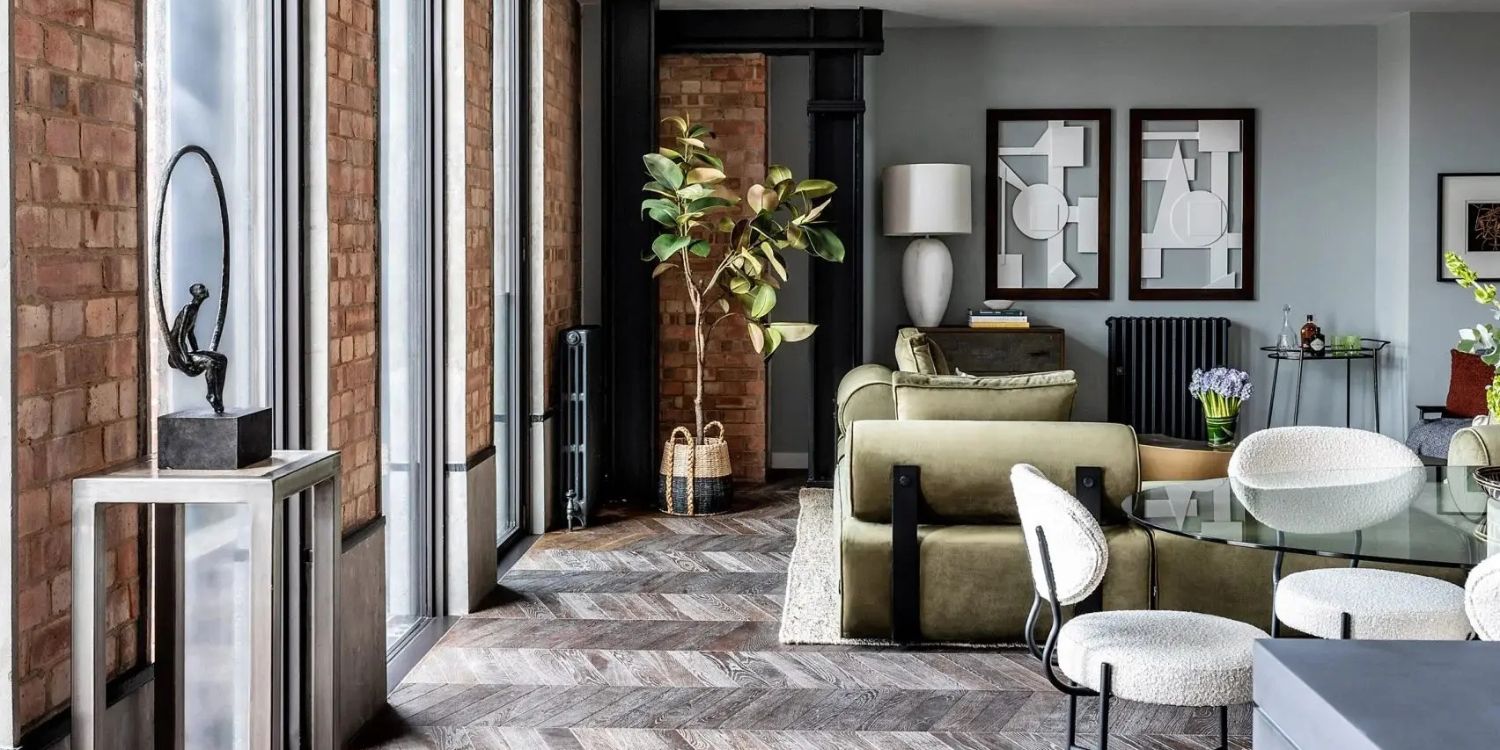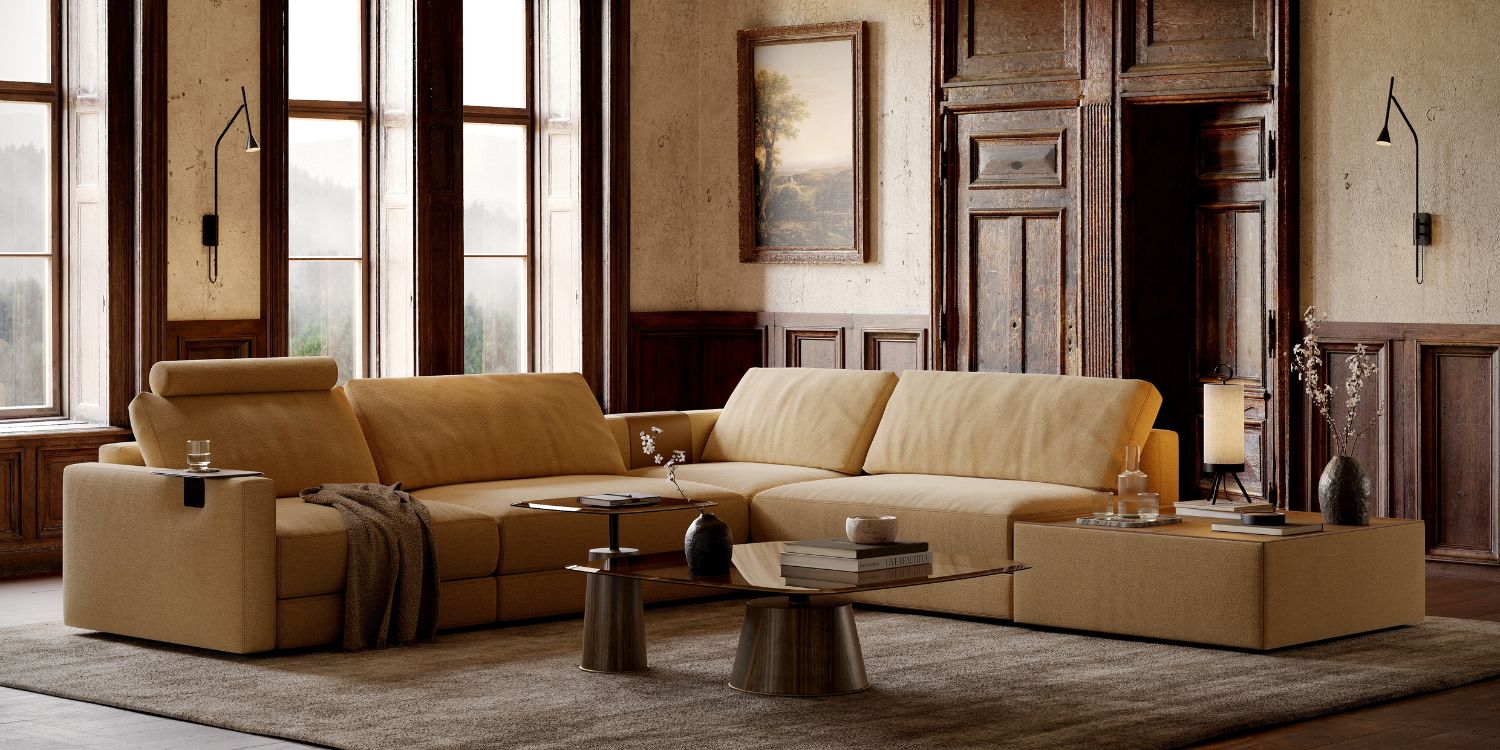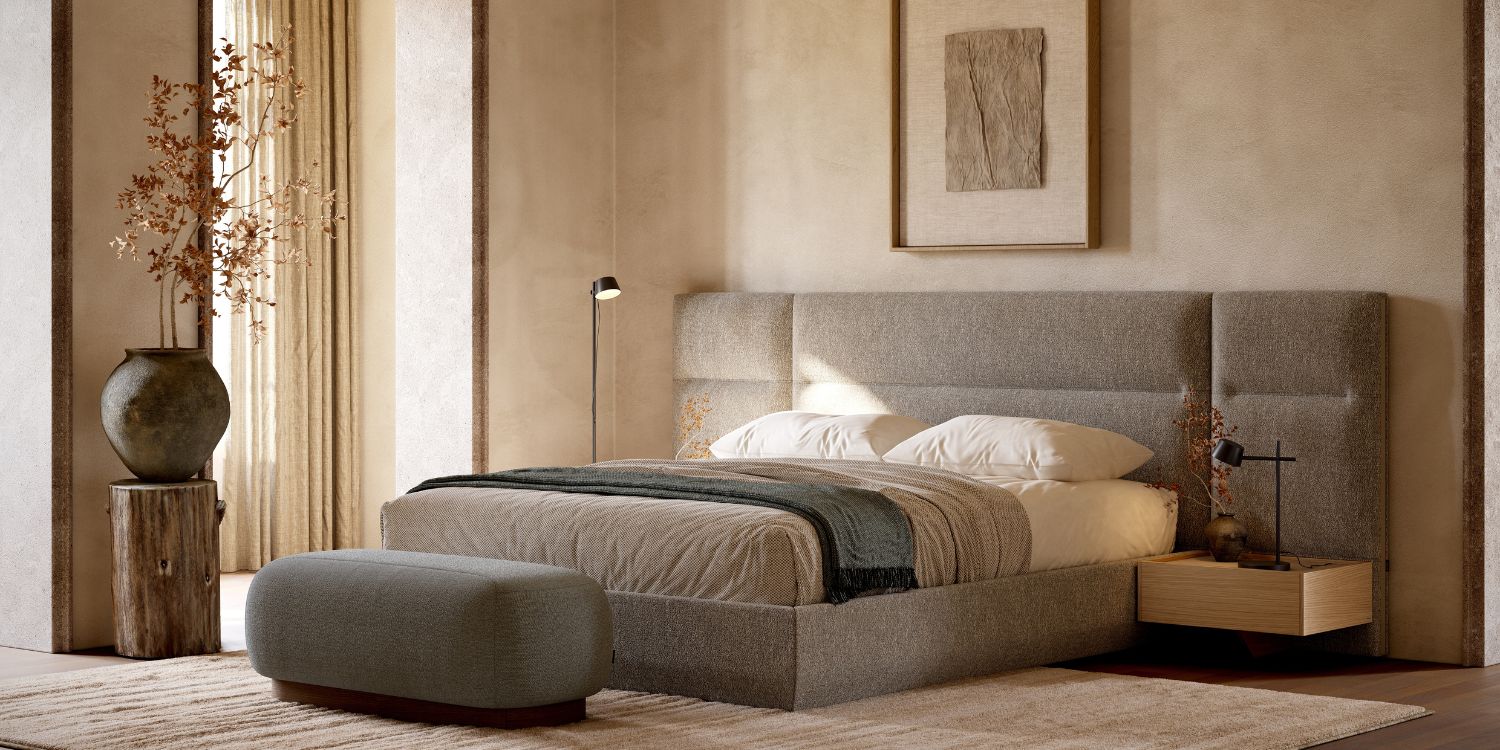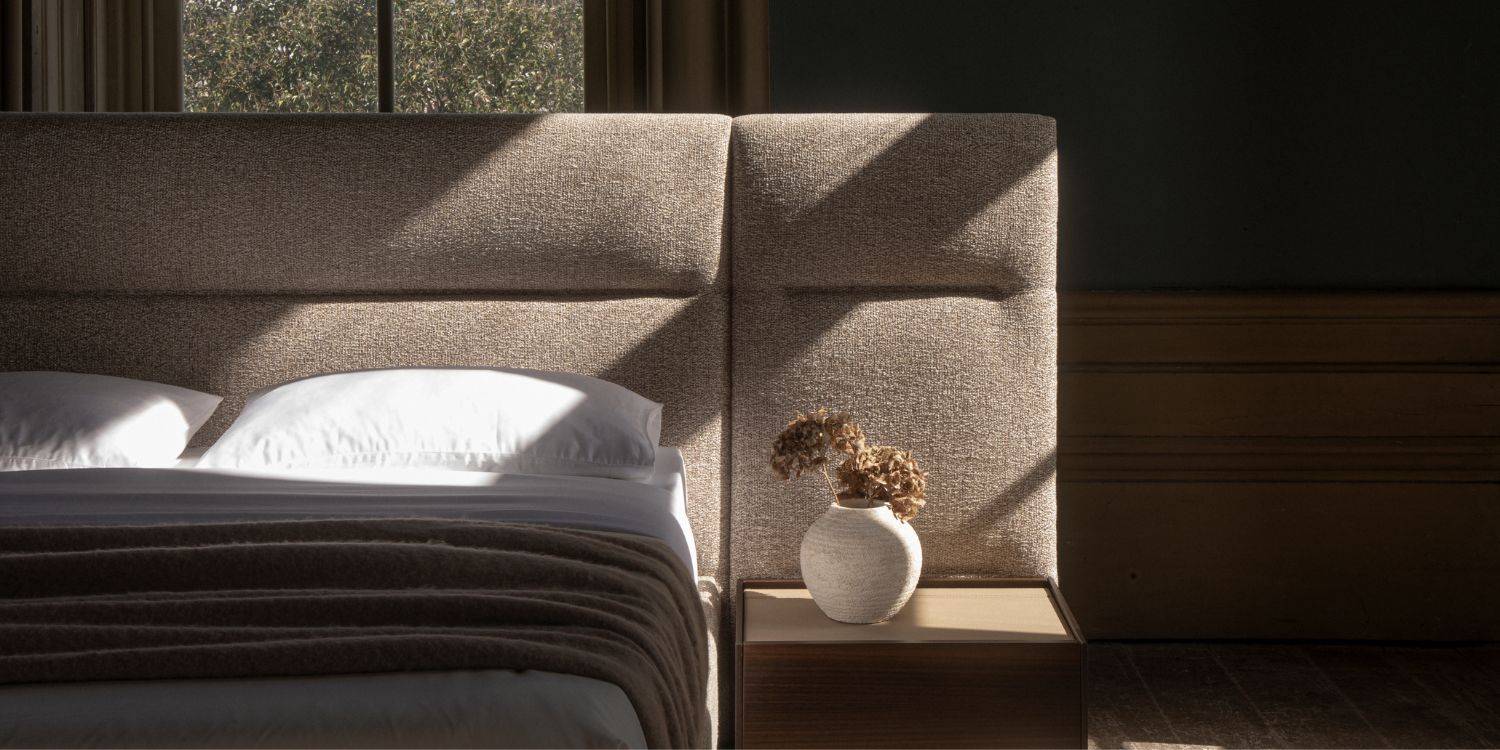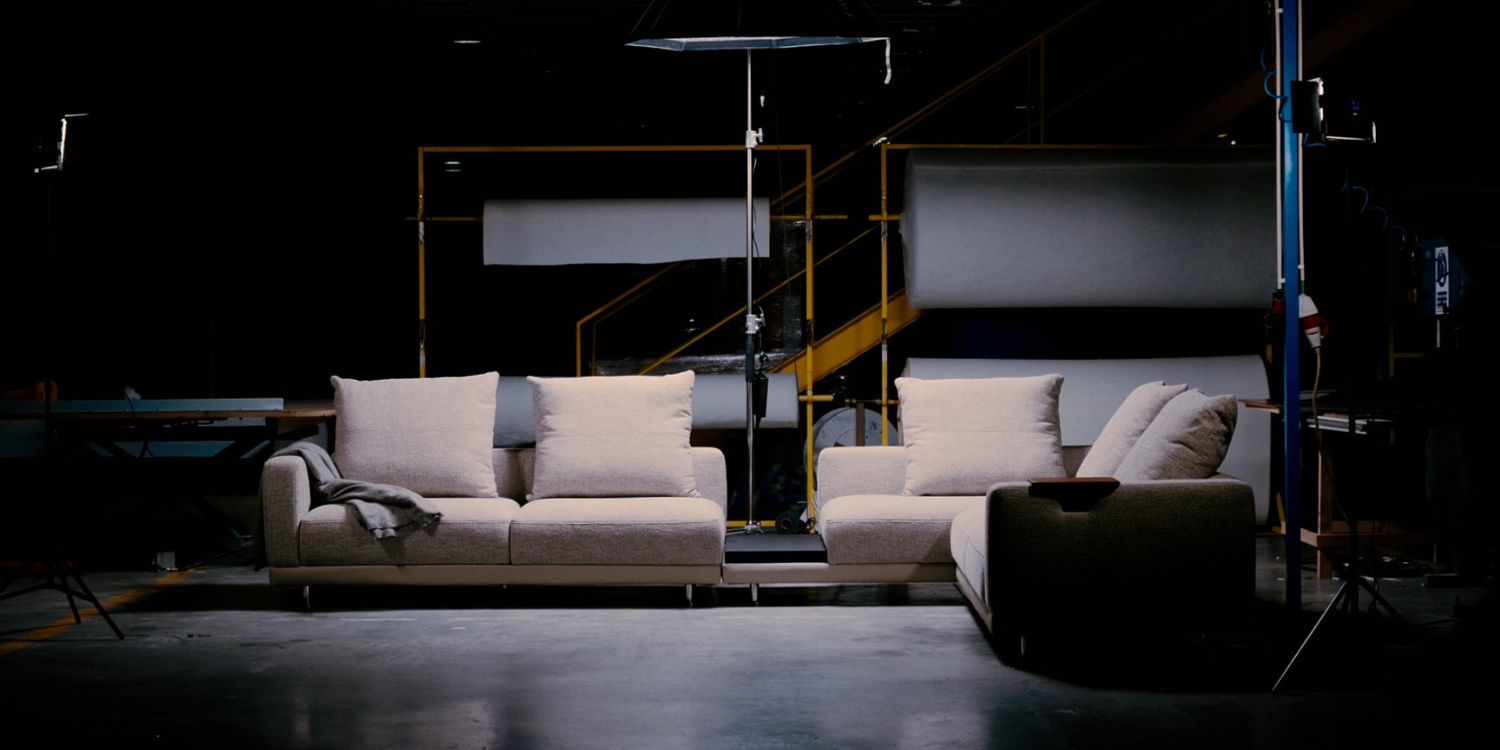Working in commercial interior design feels like a completely different game than residential, doesn’t it? One day you’re designing a cosy living room, the next you’re figuring out how to make a corporate lobby impressive and functional for hundreds of daily visitors. If you’ve been wondering how to nail those commercial projects consistently, you’re in the right place.
Let’s explore the secrets that separate the pros from the rest of us still figuring it out.
The Commercial Furniture Mindset: Function First, Beauty Second (But Both Matter)
The biggest shift in commercial interior design thinking? Every furniture piece needs to justify its existence beyond looking good. That beautiful accent chair isn’t just filling a corner – it’s providing overflow seating during busy periods, creating a conversation area for informal meetings or softening an otherwise stark reception area.
Start thinking like a business owner when you select pieces. Ask yourself: How many people will use this daily? What kind of wear will it see? How will it look in two years with constant use? A Domkapa armchair in a hotel lobby isn’t just decor – it’s an investment in client comfort that needs to maintain its appeal through hundreds of interactions.
The Art of Durable Beauty: Material Selection That Actually Works
Here’s where commercial design gets interesting: finding materials that photograph beautifully but can withstand serious abuse. The secret lies in understanding commercial-grade specifications without sacrificing style.
Performance fabrics have evolved dramatically. Today’s commercial textiles can rival any residential fabric for beauty while offering stain resistance, durability ratings and cleanability that make facility managers happy. Look for fabrics with high double-rub counts (30,000+ for heavy commercial use), solution-dyed fibres and antimicrobial treatments.
For case goods, solid wood construction trumps veneer in high-traffic areas. Metal accents should be powder-coated rather than plated. Hardware needs to be commercial-grade – those beautiful residential pulls will loosen and break under constant use.
Seating Strategy: More Complex Than You Think
Commercial seating is an art form. You’re not just providing places to sit – you’re controlling traffic flow, encouraging or discouraging lingering and supporting different types of activities.
Reception areas need a mix of seating types. Some visitors want privacy (individual chairs), others come in groups (sofas and sectionals) and some need to work while waiting (chairs with side tables). A well-planned Domkapa seating arrangement can accommodate all these needs while maintaining a cohesive aesthetic.
For offices, consider how seating supports different work modes. Collaborative spaces need flexible seating that can be reconfigured. Focus areas need supportive task seating. Social spaces can be more relaxed but still professional.
Colour Psychology in Commercial Furniture Selection
Colour choices in commercial spaces carry more weight than in residential design. They’re sending messages about the business, affecting mood and productivity, and need to work for diverse populations.
Neutral bases with strategic colour accents work best for longevity. A grey or navy Domkapa sofa can anchor a space while colourful pillows and accessories provide personality that can be easily updated. Remember that bold furniture colours that look trendy today might date your design quickly.
Also, consider the psychological impact of your colour choices. Blues promote calm and focus (great for offices), greens reduce eye strain (perfect for spaces with computer work), while warmer tones like terracotta or deep burgundy can make large spaces feel more intimate.
The Modular Advantage: Flexibility as a Design Feature
Commercial spaces change constantly. Departments grow, shrink or reorganise. The furniture you specify needs to adapt to these changes rather than become obsolete.
Modular systems are your secret weapon. Sectional seating that can be reconfigured (Disruption Sofa), tables that can be separated or combined (Gilbert Table Set) and storage systems that can grow with the business provide tremendous value to commercial clients.
Look for furniture lines that offer multiple coordinating pieces. When your client needs to add seating or expand a conference area, they should be able to find matching pieces rather than starting over.
Creating Cohesive Furniture Collections Across Large Spaces
Commercial spaces often span multiple areas that need to feel connected while serving different functions. The secret is developing a cohesive furniture palette that can be adapted to different zones.
Choose a primary seating line that offers multiple configurations – lounge chairs, sofas and poufs in coordinating fabrics and finishes. Add complementary case goods and accent pieces that share design DNA. This approach creates visual continuity while allowing functional variety.
CONTRACT FURNITURE
The best commercial designs feel effortless, but that’s because every furniture choice has been carefully considered for its impact on the space’s functionality and the business’s success. When you can demonstrate this level of strategic thinking, you’ll find commercial clients see you as an essential partner rather than just a decorator.
Ready to elevate your commercial interior design practice? Remember that successful commercial furniture selection balances beauty, durability and business impact. The magic happens when every piece serves the space’s aesthetic vision and its functional requirements.
YOU MAY ALSO LIKE: The New Rules Of Social Space Design: What Actually Matters In 2025
We are working every day to bring you the most stylish ideas to fulfil your inspiration and to create the best interior design projects, so feel free to follow our Instagram Page and subscribe to our newsletter.

